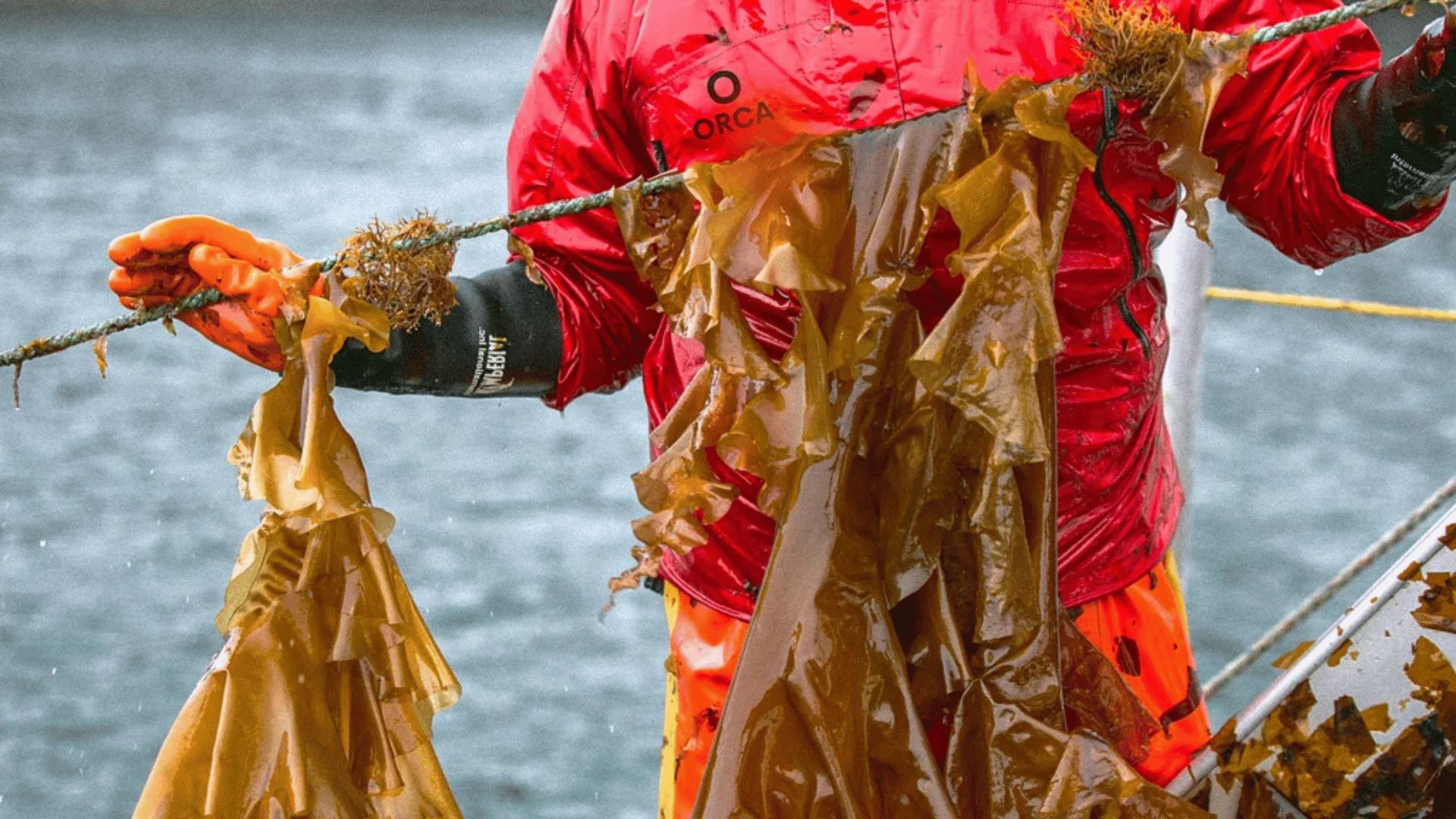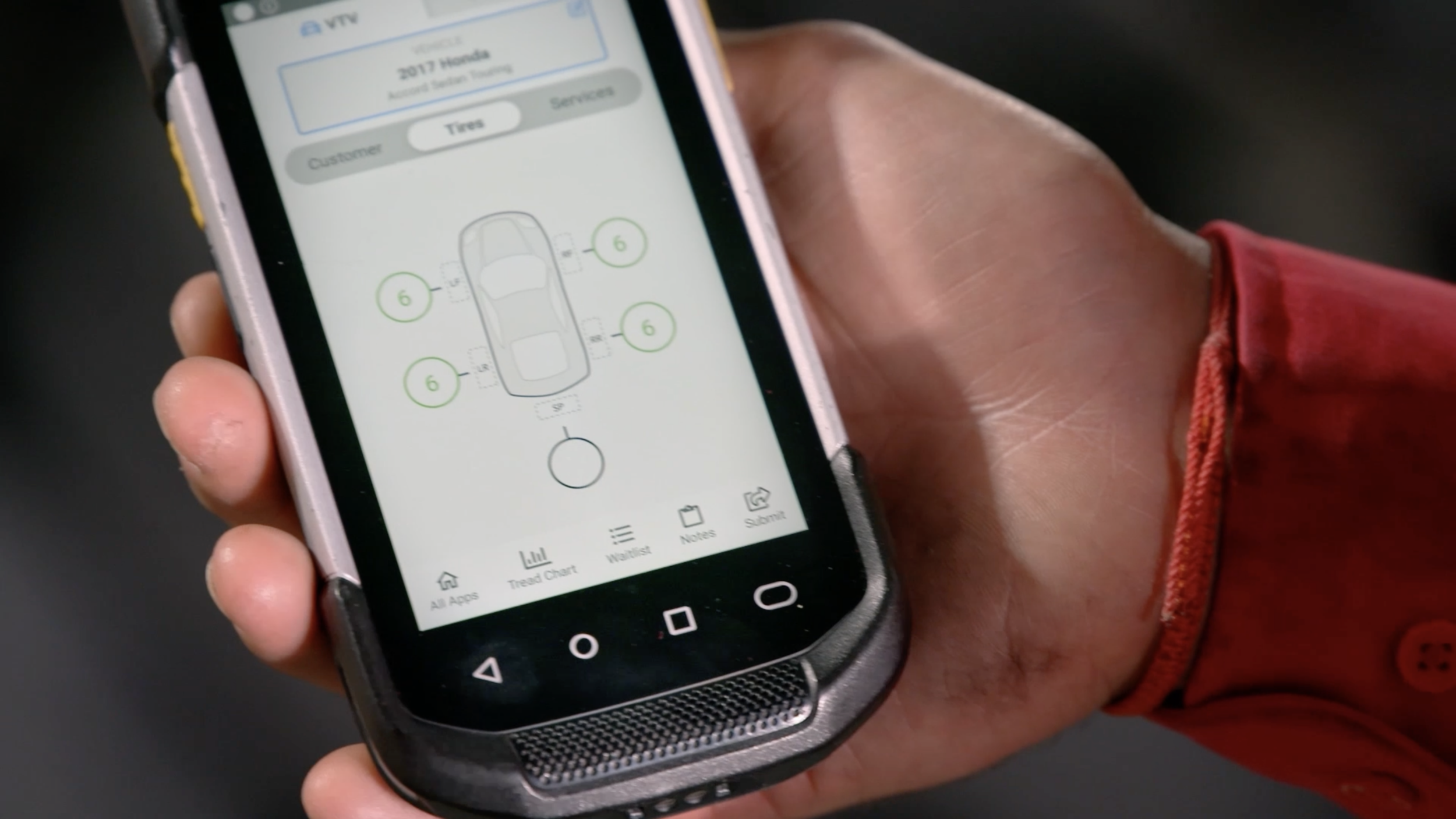Blue Evolution grows seaweed off the coast of Alaska and in Mexico. Initially, the company harvested the algae for use in food and skincare products. However, about five years ago, the company discovered a greater purpose for the algae when exploring how it could be used in bioenergy. The company discovered that the algae contain critical minerals.
Critical minerals are commonly used in components to make electronics and EV batteries.
Mining Seaweed for Critical Minerals

Research teams found that the algae contained scandium, an expensive rare earth element (RAE) found in small quantities globally. Seaweed reportedly also contains rare earth elements used to make products such as EV batteries, motors, or wind turbines. “That generated a lot of excitement,” says Beau Perry, CEO of Blue Evolution. “Everyone was like, ‘Can you mine with seaweed?’”
After additional research, the company launched a new initiative called Orca Minerals, which focuses on a new form of mining. Traditionally, mining involves blasting rocks or the seabed. However, Orca Minerals utilizes seaweeds’ ability to absorb minerals from seawater as they grow.
Perry says it’s possible to harvest certain minerals, depending on the right location and the right strain of seaweed. He said, “We’re starting to select the characteristics that should yield more, with faster growth, but also more solid content and more mineral content.”
Mining seaweed for minerals yields only a small amount, but traditional mining doesn’t yield much more. “When you’re mining rare earths, it’s just mostly wasted material. You need a huge amount of rock,” Perry said. “Rare earth elements are not that much more concentrated in those deposits than in some of the seaweed samples we’ve seen.”
Seaweed has several advantages, including its ability to grow quickly and gather minerals in higher proportions, which could increase the yield. Additionally, researchers say the ocean consistently replenishes the mineral supply, while there is a fixed amount in the soil. Researchers consider the algae’s critical minerals a “side benefit,” noting that their nutrients, pigments, or carbon can be used to make seaweed-based products.
Most importantly, there are environmental benefits to harvesting minerals from seaweed. Disadvantages to traditional mining include destroying wildlife, polluting water, soil, and air, energy use, and the amount of waste it produces. Perry says seaweed mining uses less energy and is a cleaner process.
Researchers are still refining the process to ensure they can predictably harvest a set value of minerals from seaweed. They expect to have a prototype by 2027, and commercial production could begin in 2028.






